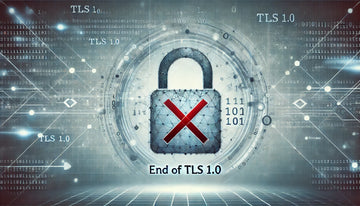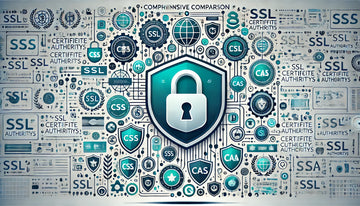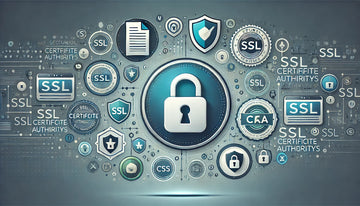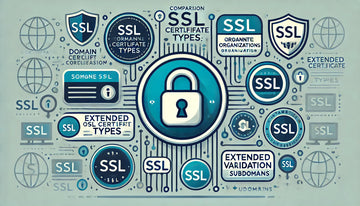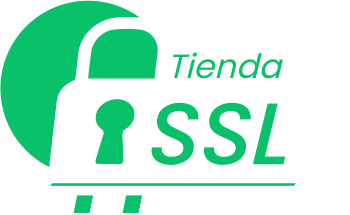In the digital age, education has undergone a significant transformation as classrooms have moved into the online environment. While this development has provided countless benefits, it has also raised concerns about online safety in education. In this article, we will explore the importance of online security in education and how it is implemented to protect students, teachers and sensitive data.
The Digital Revolution in Education
Technology has revolutionized the way education is taught and accessed. Online platforms, virtual classrooms and digital resources have enabled distance learning, access to global information and personalization of learning. However, this shift towards online education has brought with it online security-related challenges.
The Importance of Online Safety in Education
- Student Data Protection: Educational institutions collect and store a large amount of student data, including personal information, qualifications and academic records. Online security is essential to protect this data from unauthorized access and leaks.
- Student Privacy: Students deserve a safe online environment that respects their privacy. This includes protecting personal information and preventing third parties from accessing private data, such as emails and messages.
- Cyberbullying and Emotional Security: Online security is also related to cyberbullying prevention and promoting a positive online learning environment. Students should feel safe and comfortable online to actively participate in learning.
- Intellectual Property Protection: Online educational resources, such as teaching materials and research documents, must be protected from piracy and unauthorized copying.
- Learning Continuity: Online safety is essential to ensure continuity of learning. Disruption of online services due to cyber attacks can negatively affect education.
Implementing Online Security in Education
- Use of SSL Certificates: The websites and online platforms used in education must implement SSL certificates. This ensures that communication between users and the server is encrypted and secure.
- Access Control: Educational institutions must implement access control systems to ensure that only authorized persons have access to information and online learning platforms.
- Cyber Security Education: Awareness-raising and training in cyber security are essential. Students, teachers and staff should be informed about best online security practices and how to identify potential threats.
- Updates and Patches: Keeping up-to-date systems and software is critical to preventing vulnerabilities. Educational institutions must regularly apply security patches.
- Privacy Policy: Institutions should have clear privacy policies that explain how students' data is collected, stored and used. These policies must comply with applicable privacy regulations, such as the GDPR in Europe.
Challenges in Educational Online Security
Despite efforts to improve online security in education, there are persistent challenges:
- Cyberattacks: Educational institutions are attractive targets for cyberattacks, which can disrupt learning and compromise sensitive data.
- Privacy protection: The collection and use of student data must be balanced with the privacy of students, which can be a challenge.
- Digital Short: Online security is only effective if all students have access to the technology and connectivity. The digital divide may leave some students at a disadvantage.
- Limited awareness: Lack of awareness about cyber security can lead to inadequate security practices.
Conclusion
Online security in the educational field is essential to protect students, teachers and sensitive data. As education is digitized, the implementation of effective cybersecurity measures becomes crucial. This includes data protection, promoting student privacy and preventing cyberbullying. Educational institutions should invest in online security technologies and policies, as well as cyber security training. Only in this way can a safe and productive online learning environment be guaranteed for all.








